Is it Smokey or Smoky Mountains?
If you didn’t already notice, the Great Smokey Mountains National Park is actually spelled incorrectly. The correct spelling is the Great Smoky Mountains National Park. Do you see the difference? Many people misspell Smoky as Smokey with an “e,” some simply call them the Smokies while others spell it Smokeys. If you’re one of the people who spells it incorrectly, don’t worry…more people spell it as Smokey Mountains rather than the correct way! Does that make it wrong? Who knows…the Smoky Mountains are still just as breathtakingly beautiful!
With that out of the way, let’s dig into one of the most amazing places on Earth, the Great Smoky Mountains National Park. The Great Smoky Mountains is in the southern tip of the Appalachian Mountains and creates a natural border between Tennessee and North Carolina. If you have ever been to Gatlinburg, TN or Cherokee, NC then you have been in the Great Smoky Mountains National Park. Many people don’t realize that the Smokey Mountains…I mean Smoky Mountains…is the most visited national park in the United States! This is a testament to the beauty of the park, but it has also become increasingly harmful to the environmental makeup of the Smokies. The increased pollution in the air from vehicle exhaust along with the growing population, increased tourism, etc. has taken a toll on the wildlife and natural habitats. Fortunately, the Great Smoky Mountain National Park is working to preserve and even restore as much of the national park as possible.
What Makes the Smoky Mountains Smoky?
So where does the name Smokey Mountains, Smoky Mountains or Smokies come from anyway? If you have ever seen the Smokies, you’d know how it got its name. The higher elevation, humidity, and hydrocarbons produced by trees and plants often put off a hovering, almost eery haze throughout the mountain range giving it the name “Smokies” as it looks like there is smoke all over the mountaintops. It’s an amazing sight if you have never seen it before – almost as if the mountains are on fire – or simply haunted.
About the Fall Leaves in the Smoky Mountains
The Great Smoky Mountains National Park is deciduous, meaning most trees shed their leaves as the weather turns colder. As this happens, the mountains come to life with amazing color! The reds, yellows, oranges, etc look as if buckets of paint fell from the sky onto the mountains. It’s incredible! Knowing when to see this is anybody’s guess, but you’re probably still wondering when the leaves change color in the fall. Well, this depends on two primary things – temperature and moisture. As the weather turns colder, deciduous trees go into “survival” mode and start preserving as much water as possible. The best thing they can do to accomplish this is shed their water-retaining leaves! As the trees zap the water out of the leaves, the result is that the leaves slowly change color, dry up, and fall off. So the trick is to look for a cold, dry snap in weather, which basically means predicting when the leaves will change color in the Smoky Mountains is about as hard as predicting the weather! Statistically, though, the middle and last half of October are usually the safest bets for a colorful visit. Bring your camera!
Synchronous Fireflies at Elkmont in the Smoky Mountains
One last interesting aspect of the Great Smoky Mountains National Park that needs to be pointed out is the synchronous fireflies in Elkmont near Gatlinburg. This is an amazing event that happens only once a year for about a week in mid-June and only in two locations in the entire world…the Great Smoky Mountains National Park is one of them…the other is in Asia. You can pick which one to come to, but I suggest the Smokies!
If you have comments or any interesting facts about the Smokies you’d like to share about the Great Smoky Mountains, please share them in the section at the bottom of this page! We’d love to hear your thoughts!
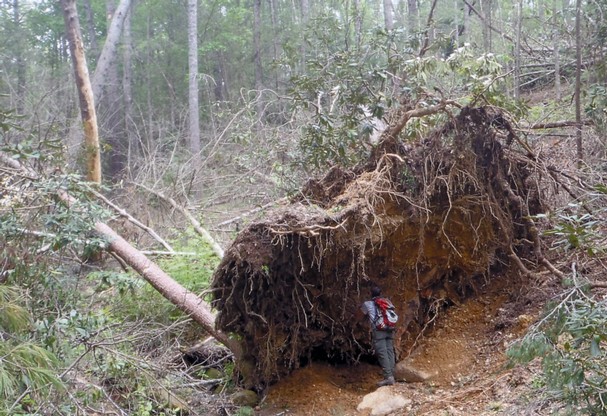
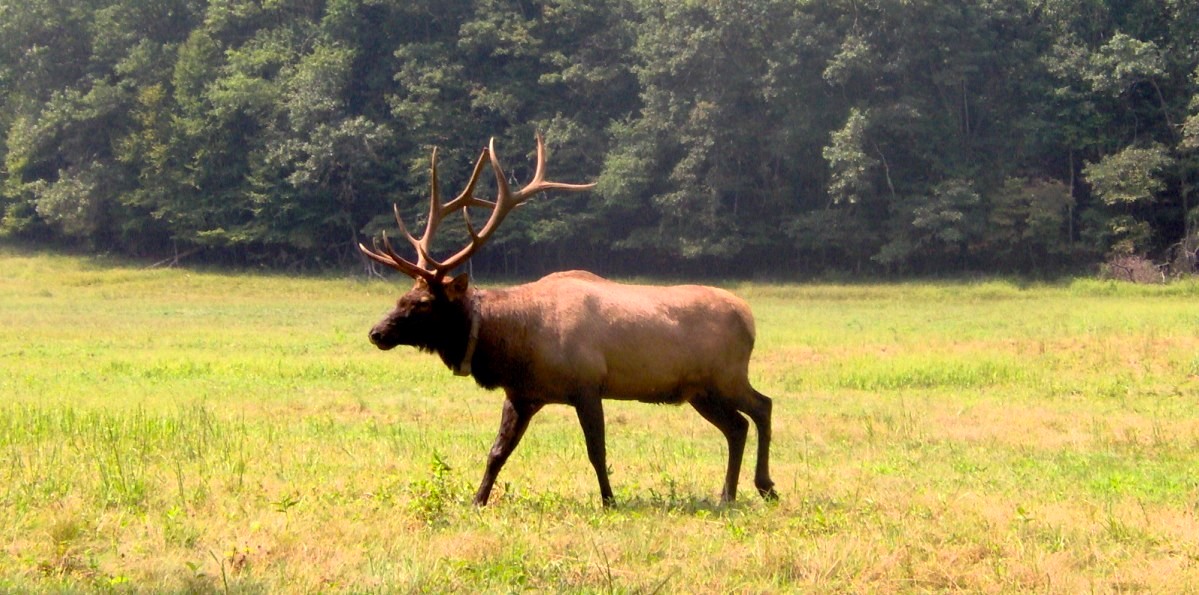
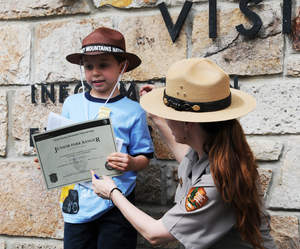
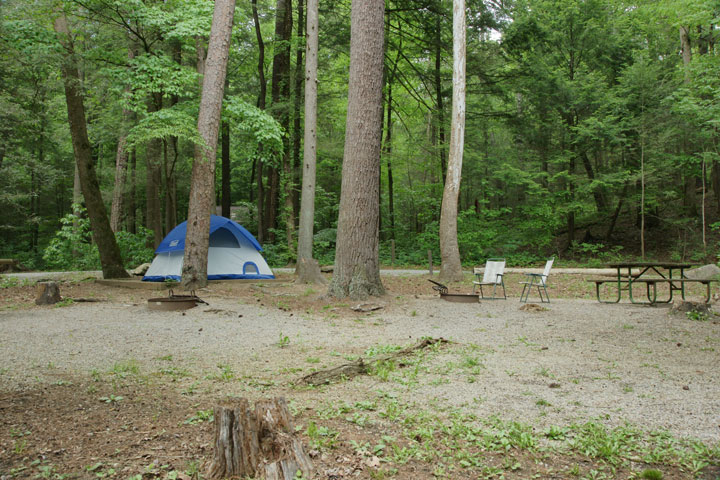
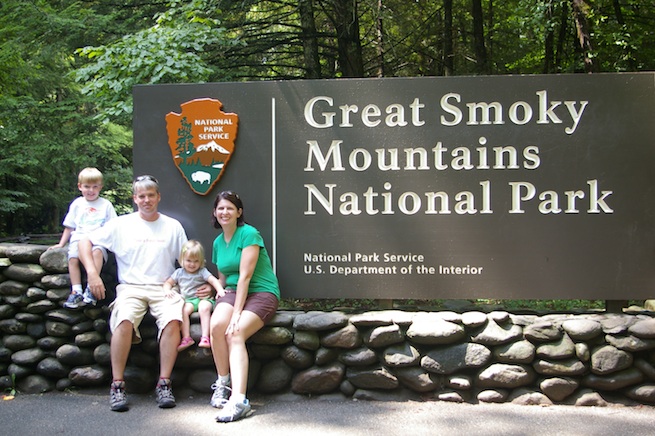
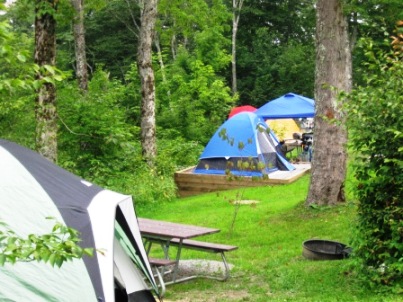

 Hiking trails are open all year round in the park. Each season brings its own set of views and experiences, and a hike any time of the year can be both a healthy and educational experience for anyone. Springtime offers copious amounts of blooming trees and flowers. Summertime is the time to splash in a cool mountain stream or picnic alongside a serene waterfall. The
Hiking trails are open all year round in the park. Each season brings its own set of views and experiences, and a hike any time of the year can be both a healthy and educational experience for anyone. Springtime offers copious amounts of blooming trees and flowers. Summertime is the time to splash in a cool mountain stream or picnic alongside a serene waterfall. The 
